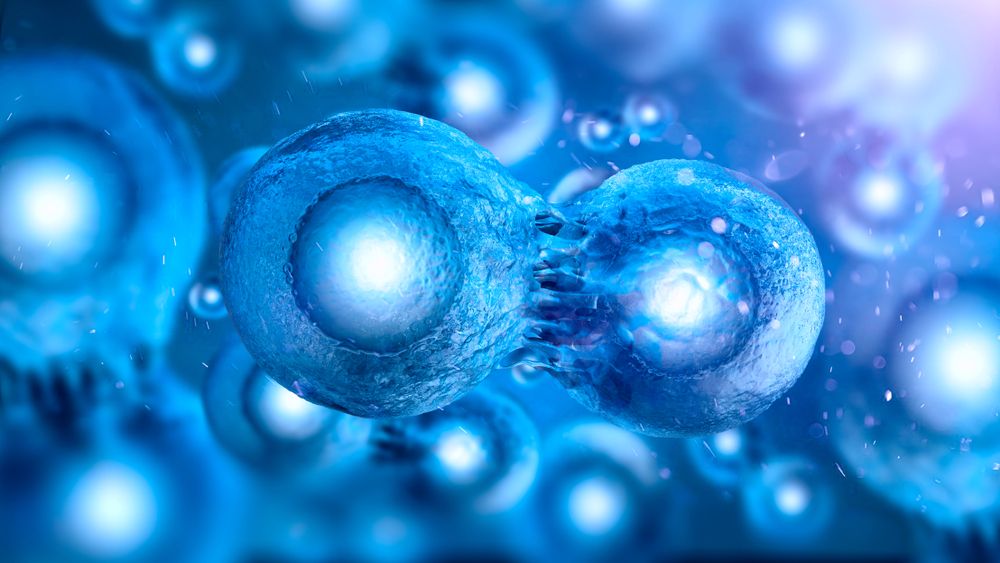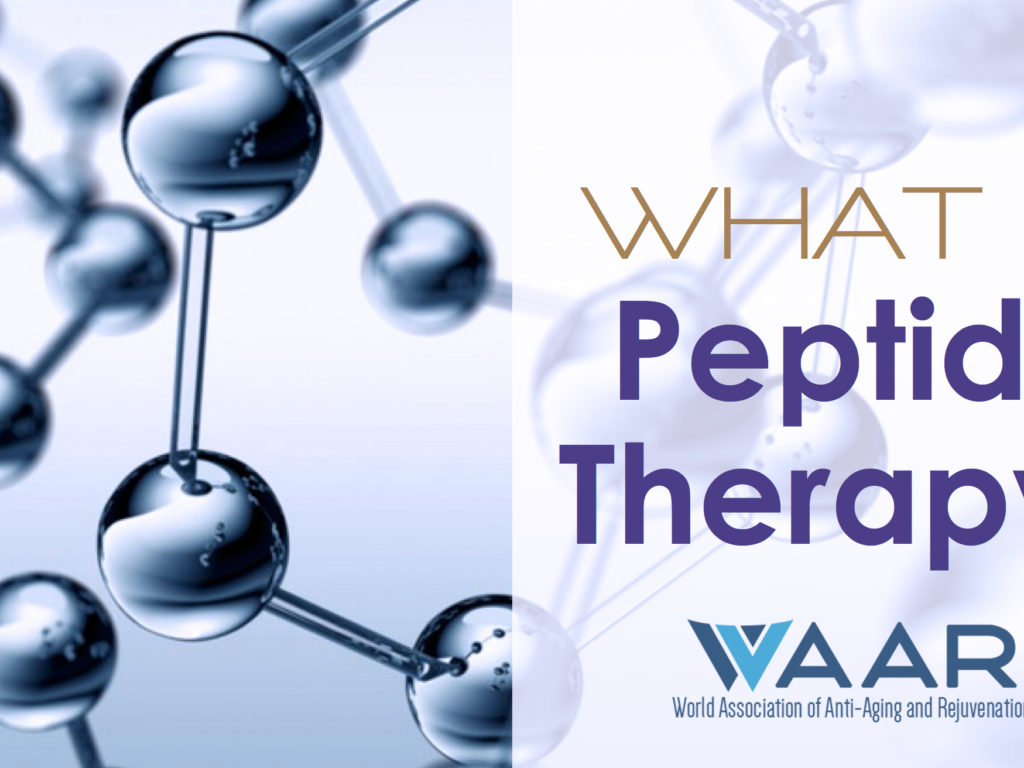THE IMPORTANCE OF STEM-CELLS
Stem cells are special human cells that have the ability to develop into many different cell types, from muscle cells to brain cells. Scientists have found stem cells in tissues, including:
- The brain
- Dental pulp
- Bone marrow
- Blood and blood vessels
- Skeletal muscles
- Skin
- The liver
Stem cells exist in two main forms; embryonic stem cells and adult stems cells. Embryonic stem cells can turn into more than one type of cells whereas adult stem cells are more likely to generate only certain types of cells. This is possible under certain physiologic or experimental conditions; they can become tissue- or organ-specific cells with a special function.
This ability is due to the cell division through which cells are capable of renewing themselves sometimes after long period of inactivity.
REGENERATIVE ABILITIES
Because they are able to renew or regenerate, stem cells are important for living organisms as it become possible for few adult stem cells to generate replacements for cells that are lost through normal wear and tear, injury, or disease.
It can be say that they serve as a sort of internal repair system.
Thanks to their regenerative abilities, stem cells offer new potentials for treating diseases such as diabetes, heart disease but also organ-aging.
Dr. Cesar Amescua (Stem Cells Specialist)
Indeed, as the stem cells studies go deeper, it has been acknowledged that the permanent loss and self-renewal of stem cells are closely associated with senescence (cell-aging) and regeneration (Ritschka & al. 2017).
In another word, the ability for stem cells to regenerate is affected by a growing age which affect the capability and function of tissue and organ.
Therefore, the advance study on senescence and regeneration are at the core of antiaging, regulating regeneration and building organ.
POTENTIAL USES OF HUMAN STEM CELLS FOR ANTI-AGING
As cell-aging is the causative factor of aged diseases, a replacement of aging and damaged stem cells by regenerative ones could potentially maintain the integrated structure and normal function of tissues and organs (Eirin and Lerman 2014).
Facial aging is perhaps the most obvious example. It has been showed that adipose-derived stem cells were more adept at cell adhesion, migration and tissue remodeling (Yan & al. 2016). They are commonly used in plastic surgery.
This type of stem cells has also been proven to play an important role in the prevention of premature skin aging. Facial mask made in adipose stem cell could promote skin repair and regeneration.
It has also been showed that bone marrow-derived mesenchymal stem cells prevent arthritis (shoulders, knees) by reducing the inflammation and suppressing inflammation. A wide range of literature shows that bone marrow stem cells have a huge potential in the treatment of musculoskeletal injury and disease!
Dental pulp stem cells have also amazing qualities as they restore neurological function after stroke! They are quite easy as they are located in the center of teeth. This fact is really surprising because dental pulp stem cells differ from neuronal cells. However, there are believed to be one of the best treatments …
All these examples can show how the development of stem cell technology will become an effective treatment for all type of aging-related diseases!
The World Association of Anti-Aging and Rejuvenation WAAR, is an age management center located near Ixtapa in Mexico offering anti-aging medicine and regenerative medicine.



